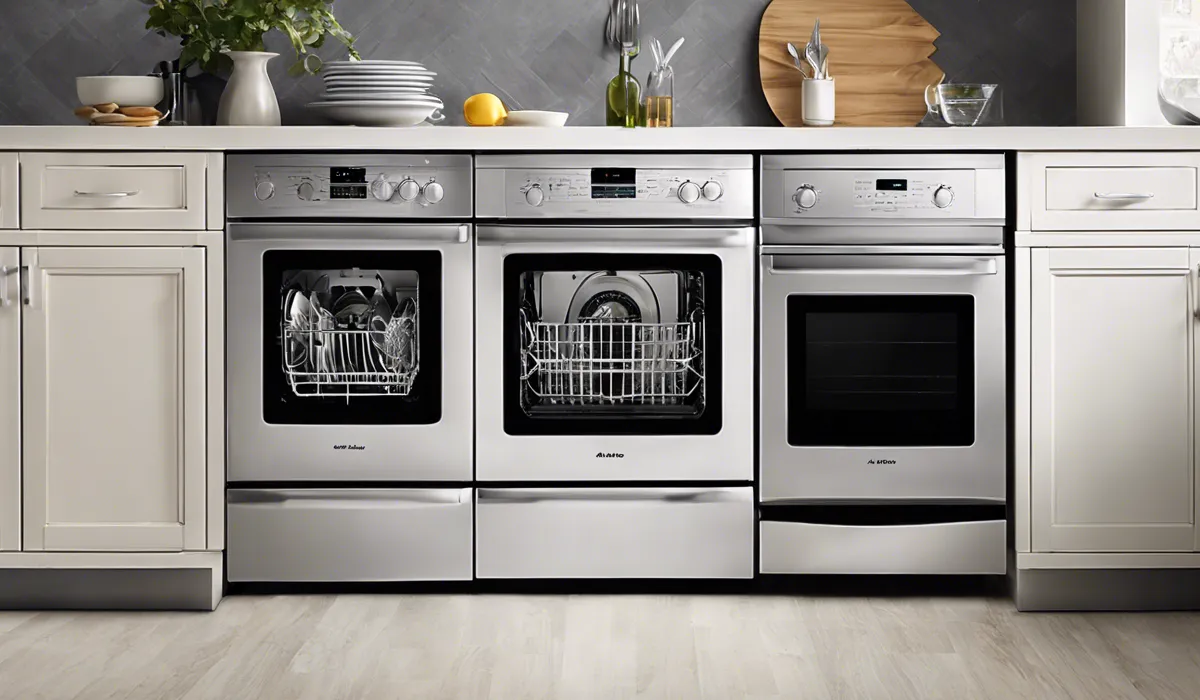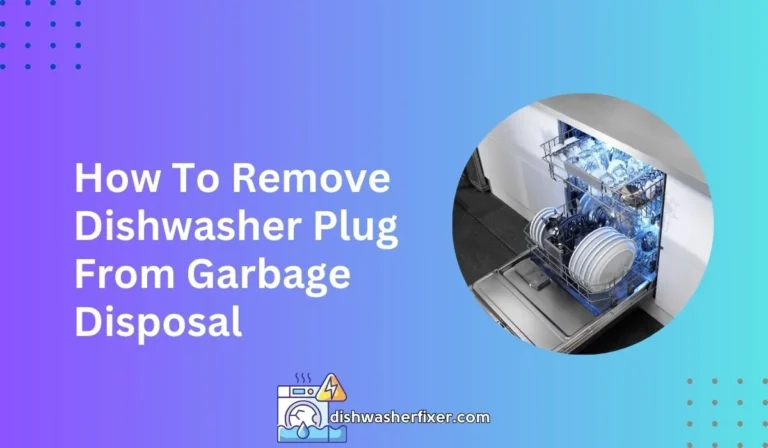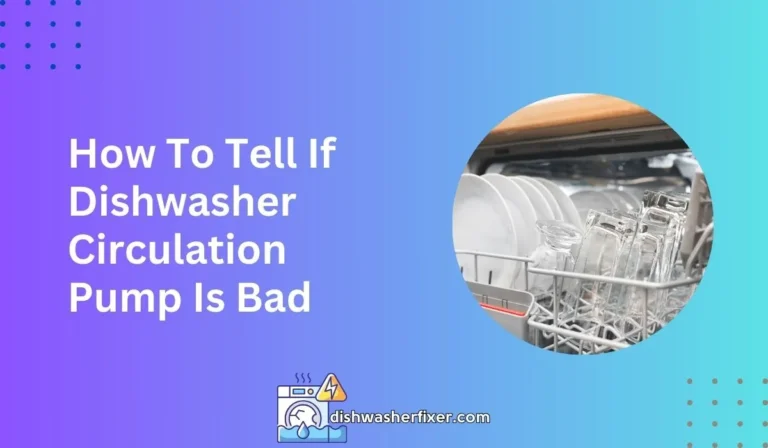Can You Install a Dishwasher Without an Air Gap? Expert Tips
Yes, you can install a dishwasher without an air gap, but local building codes may require one. Instead, use a high loop in the drain hose or an alternative device like a check valve to prevent backflow and contamination.
Understanding Dishwasher Air Gaps

What is an Air Gap?
An air gap is a small device installed between a dishwasher and the home’s plumbing system. Its primary role is to prevent contaminated water from flowing back into the dishwasher or the clean water supply.
It works by creating a physical space where air can break any siphon effect that might draw wastewater upwards.
Protection Against Contamination
A dishwasher air gap is crucial for maintaining the hygiene of your dishes and the safety of your drinking water.
It ensures that in the event of a clogged sink or an overflowing drain, dirty water cannot flow back into the dishwasher and mix with your clean dishes or enter the potable water line.
Legal Requirements for Air Gaps
Depending on where you live, the installation of an air gap may be more than a good practice—it could be a legal requirement.
Many places enforce building codes that specify the need for an air gap to protect public health. It’s important to be aware of these requirements to ensure your dishwasher installation is compliant.
Understanding Local Codes
Before installing a dishwasher, check with your local building department or consult a professional plumber. They can inform you about the specific legal requirements for air gaps in your area and help you make an informed decision.
Alternative Methods to an Air Gap

The High-Loop Method
The high-loop method is a common alternative to using an air gap. It involves securing the dishwasher drain hose in a high position, typically at least as high as the bottom of the sink, before it connects to the drainage system or garbage disposal.
Check Valves and Vacuum Breakers
Other backflow prevention methods include check valves and vacuum breakers. A check valve allows water to flow in only one direction, while a vacuum breaker introduces air into the system when water tries to flow backward, breaking the siphon.
Pros and Cons of Alternatives
While alternatives to an air gap, like the high-loop method, are generally accepted, they may not be as reliable as an air gap in preventing backflow.
On the positive side, they can be less expensive and easier to install. It’s important to weigh these factors when considering an alternative solution.
Comparing Efficiency and Reliability
Although alternative methods can be effective, the air gap remains the most reliable method for preventing backflow. It provides a clear, physical barrier that is not dependent on the integrity of mechanical parts, which may wear out over time.
Installing a Dishwasher Without an Air Gap

Step-by-Step High-Loop Installation
Installing a dishwasher using the high-loop method is straightforward. Start by attaching the drain hose to the dishwasher, then loop it up as high as possible under the kitchen sink, and finally, secure it before connecting the other end to the drain or garbage disposal.
Compliance With Local Codes
Even when not using an air gap, it’s essential to adhere to local plumbing codes. If you’ve chosen the high-loop method, confirm with local authorities or a licensed plumber that this alternative complies with the regulations in your area.
Maintaining Your Dishwasher
Regular maintenance is vital to ensure your dishwasher operates efficiently and to prevent backflow. This includes cleaning filters, checking for clogs, and inspecting the drain hose for any signs of wear or kinks that could impede the flow of wastewater.
Preventing Backflow Without an Air Gap
Even without an air gap, there are steps you can take to minimize the risk of backflow. Ensure the high loop is always in place and inspect your dishwasher’s check valve or vacuum breaker regularly, if equipped, to ensure they are functioning correctly.
By following these guidelines and understanding the importance of preventing backflow, you can install a dishwasher without an air gap with confidence, ensuring the safety and cleanliness of your home’s water supply.
Remember to always consult professional help if you’re unsure about the process or compliance with local plumbing codes.
FAQs About Installing a Dishwasher Without an Air Gap
Can I legally install a dishwasher without an air gap?
It depends on your local building codes; some jurisdictions require an air gap by law, while others do not.
What can I use instead of an air gap for my dishwasher?
You can use a high loop in the drain hose or an alternative device like a check valve to prevent backflow and contamination.
Is a high loop as effective as an air gap for a dishwasher?
A high loop is generally considered an acceptable alternative, but an air gap is the best practice for preventing backflow.
Can installing a dishwasher without an air gap void my warranty?
It’s possible; you should check your dishwasher’s warranty details as non-compliance with installation requirements can void some warranties.
How do I create a high loop for my dishwasher drain hose?
Secure the drain hose in an arc that reaches at least as high as the base of the sink before connecting to the drainage system to create a high loop.
Final Thoughts
Installing a dishwasher without an air gap is possible, but adherence to local building codes is essential.
Alternatives like a high loop in the drain hose or a check valve can be used to prevent backflow and protect against contamination, ensuring that the dishwasher setup maintains sanitary conditions.
Useful Resources
- https://docs.legis.wisconsin.gov/document/administrativecode/SPS%20382.33(9)(c)1.
- https://regulations.delaware.gov/AdminCode/title16/Department%20of%20Health%20and%20Social%20Services/Division%20of%20Public%20Health/Health%20Systems%20Protection%20(HSP)/4455.shtml
- https://www.kingcounty.gov/en/dept/dph/health-safety/environmental-health/plumbing-gas-piping/installations/dishwasher-connections





